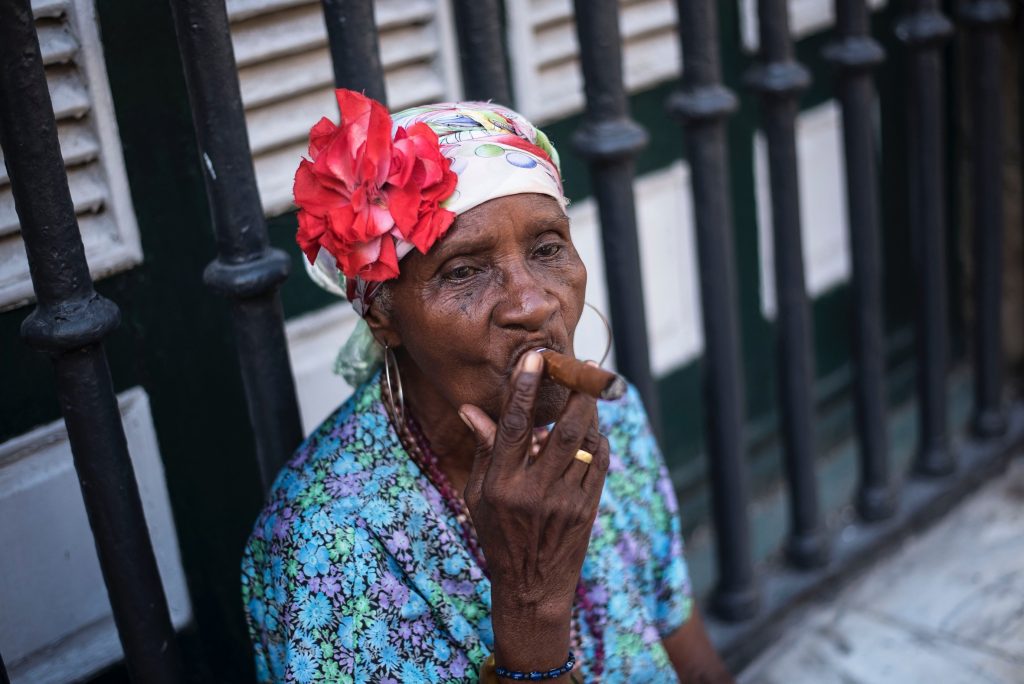An incredible mix of beaches, countryside, mountains and tropical flora help create the stunning beauty of Cuba. Add in Cuba’s blend of diverse cultures, rich history, fantastic architecture, warm and welcoming locals and you are sure to be charmed. The largest island in the Caribbean, you will want to return again and again to explore its magic.
Cuba is home to seven UNESCO World Heritage sites. Viñales Valley is one of them, located on the west side of the island. Valued for the traditional techniques still used in tobacco farming and its multi-ethnic community, Viñales Valley is also a hiking and biking paradise.
On the other side of the island, you’ll find the San Pedro de la Roca Casta, also an UNESCO site. Built in the 17th century to protect the port of Santiago, the fort is the most complete, best-preserved example of Spanish-American military architecture.
You’ll also find on the east the Alejandro de Humboldt National Park and Desembarco del Granma National Park, both boasting impressive topography and geological formations. Desembarco del Granma has stunning coastal cliffs overlooking the Atlantic.


When To Go
The average year round temperature is 26C, with trade winds offering some cool relief. December to May, outside of the rainy season, is considered the best time to go.
Did you know?
Once known as the “Paris of the Caribbean”, American visitors flocked to Cuba during the 1920s and 30s. Drawn by the casinos, nightlife and of course alcohol, Prohibition-era Cuba was an American playground. Only 160 miles off the coast of Florida, flights and cruises to Cuba were a regular occurrence. The American Mafia was even reported to have used Cuba for a conference in 1946. The Cuban revolution of 1959 and the signing of a trade agreement with Russia shortly thereafter forever changed the American/Cuban connection. The Americans may have left Cuba, but they left behind incredible Art Deco architecture and a small fleet of 1950-era cars that still work and seem to love the salty Cuban air. Cuba may seem quaintly stuck in the 50s, but if you know where to look, you'll see progress. Education is free in Cuba, as is health care. And the county has been able to create strong medical research and biotechnological industries.